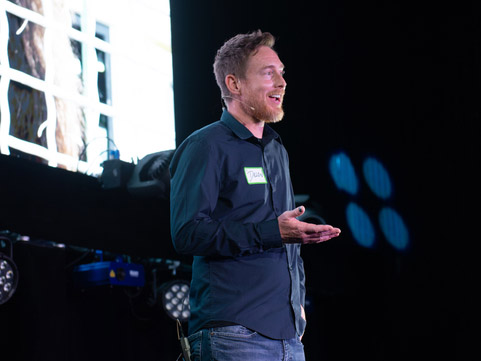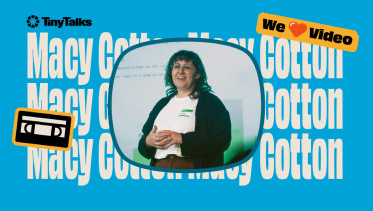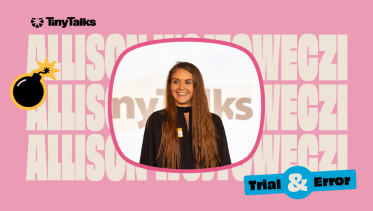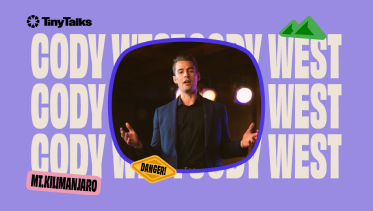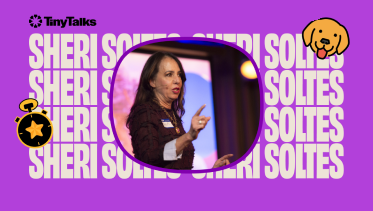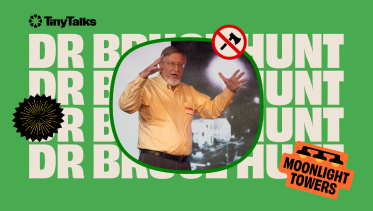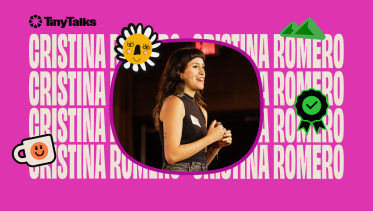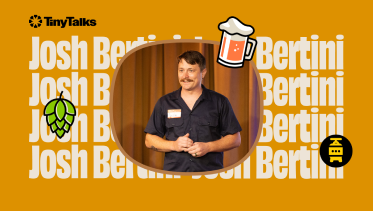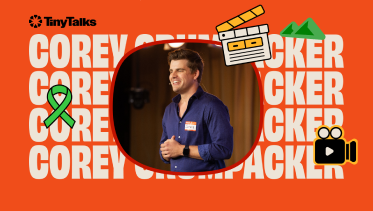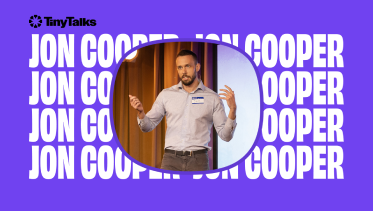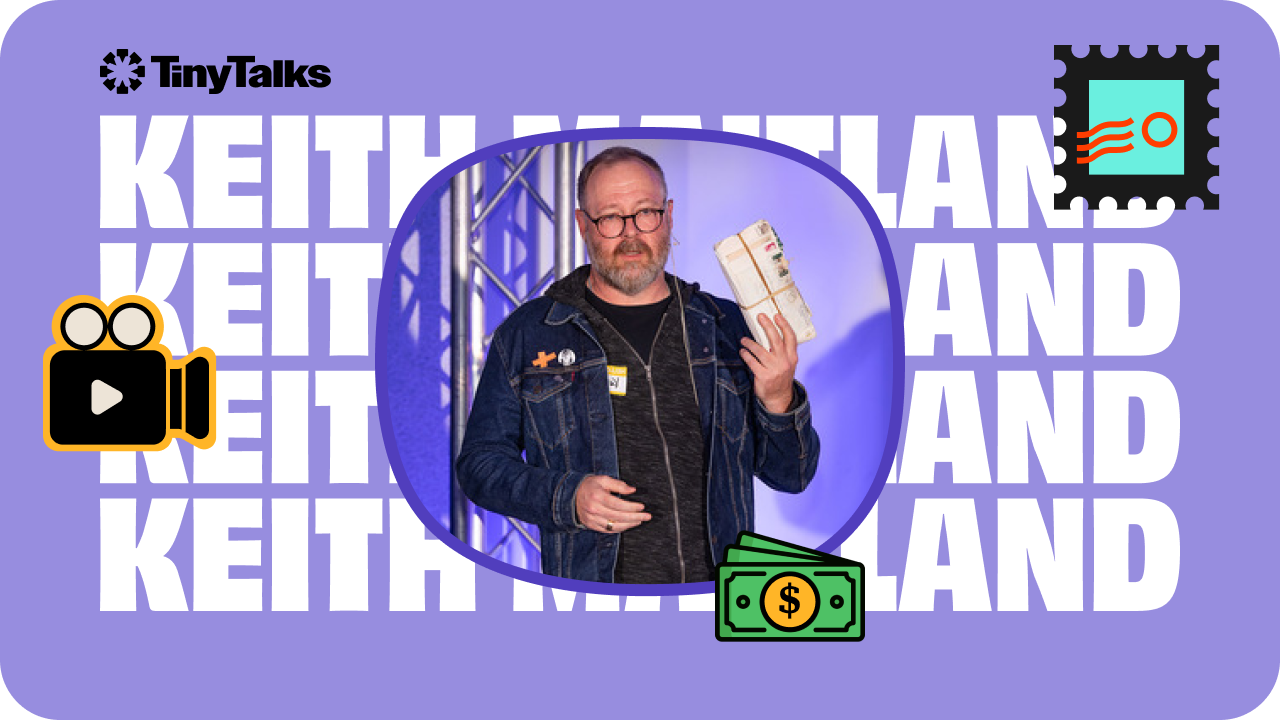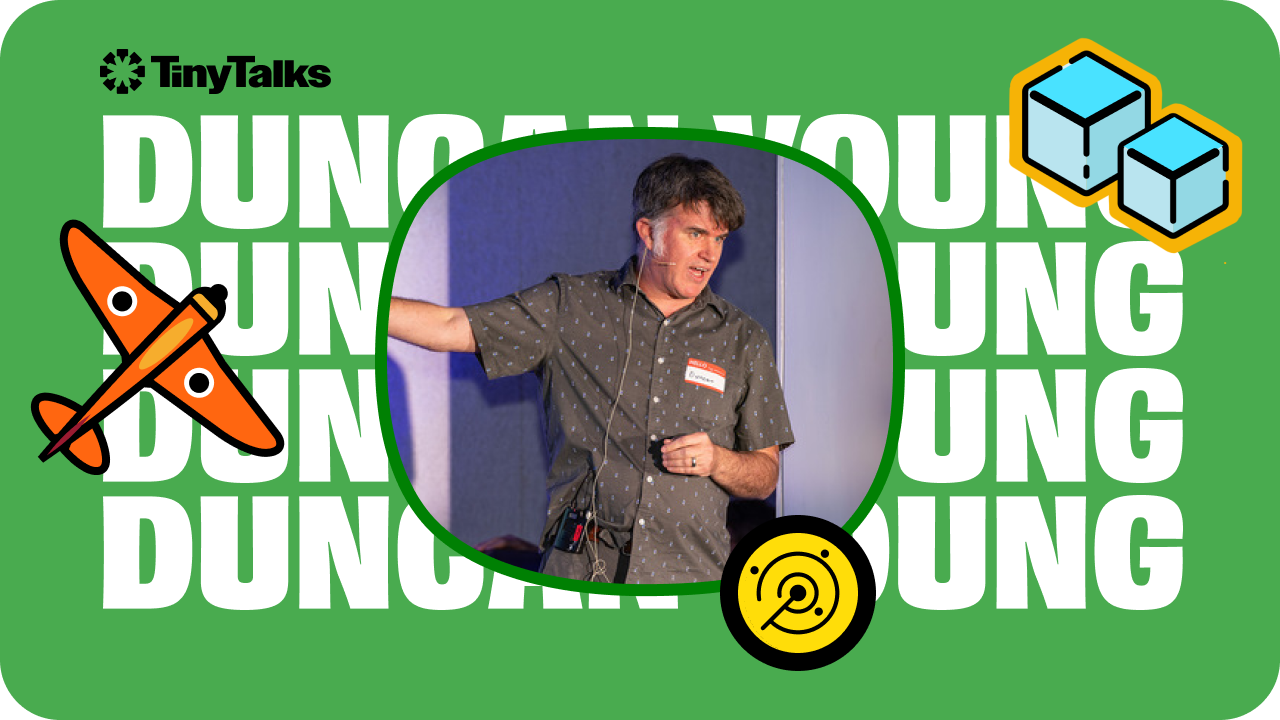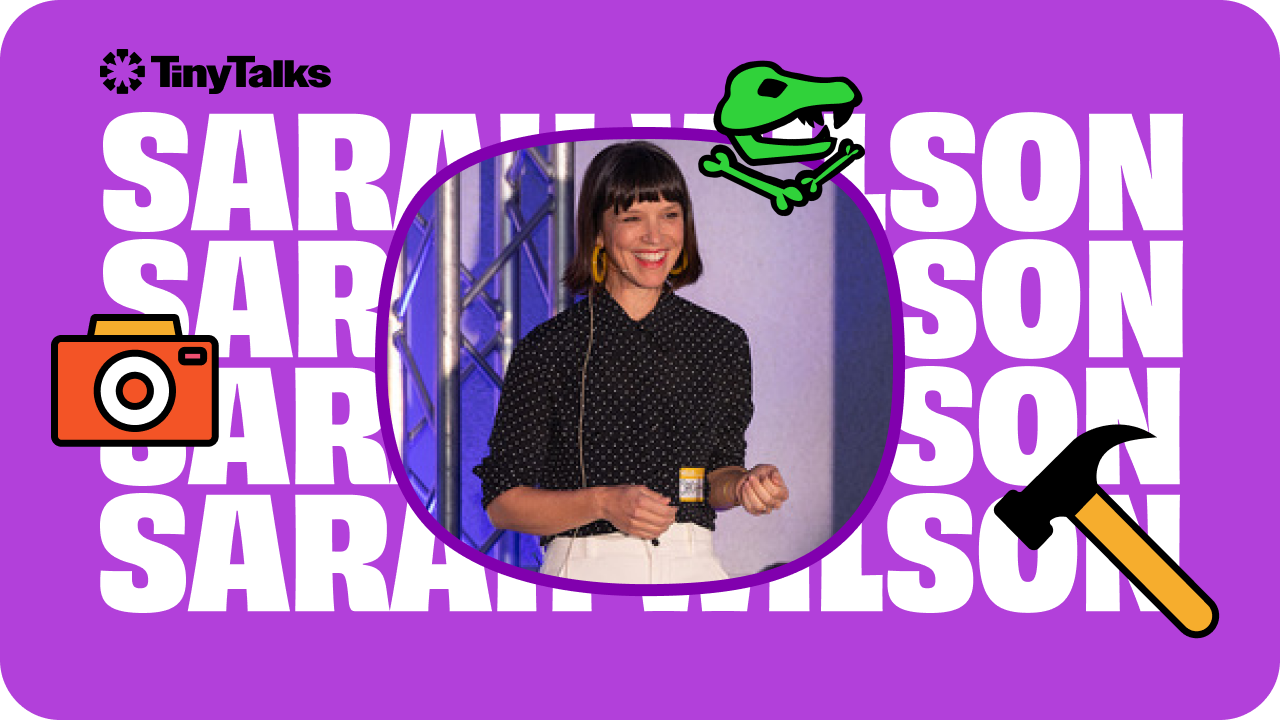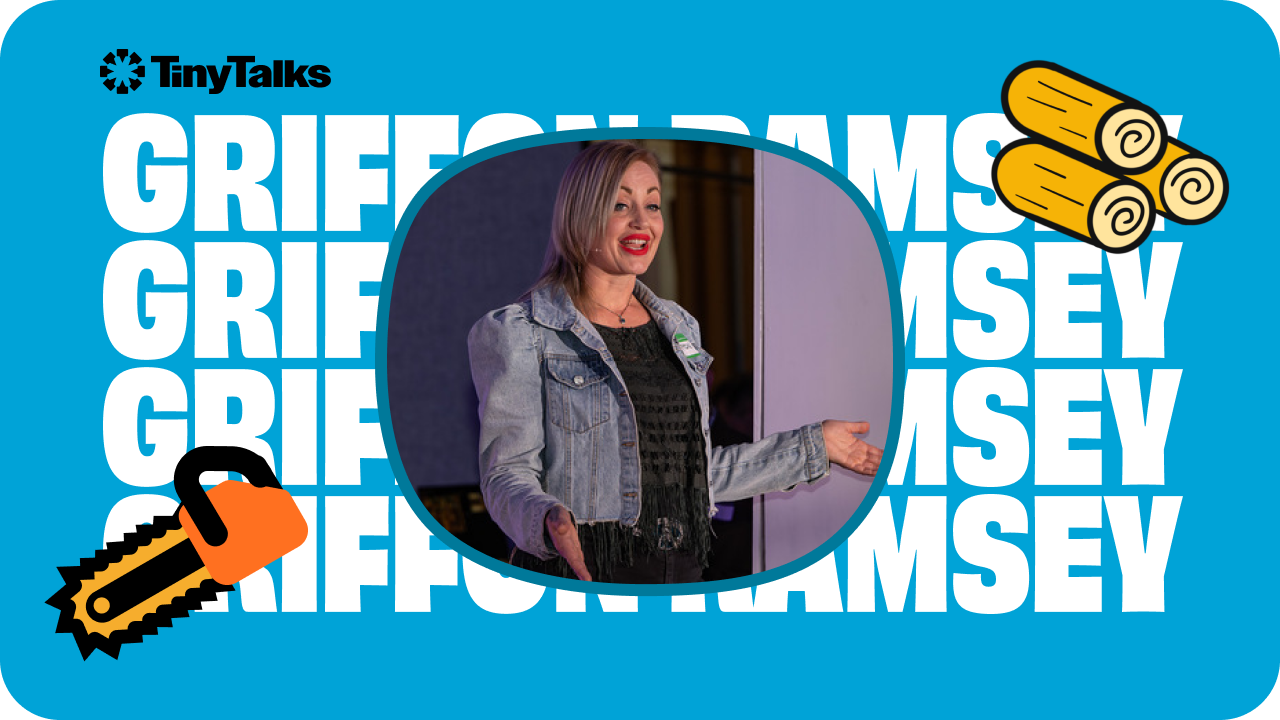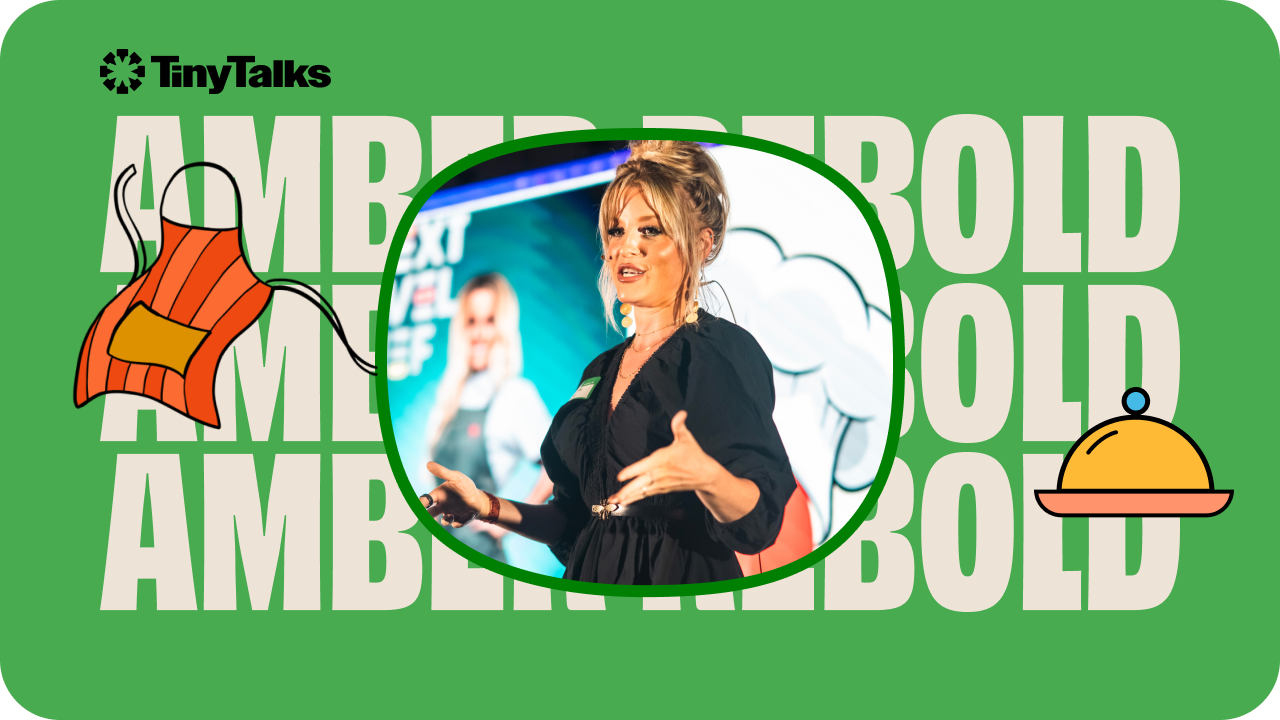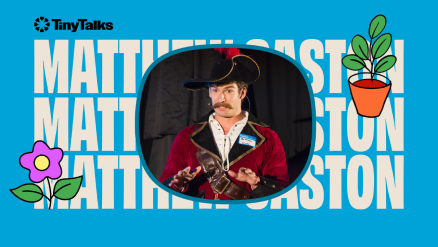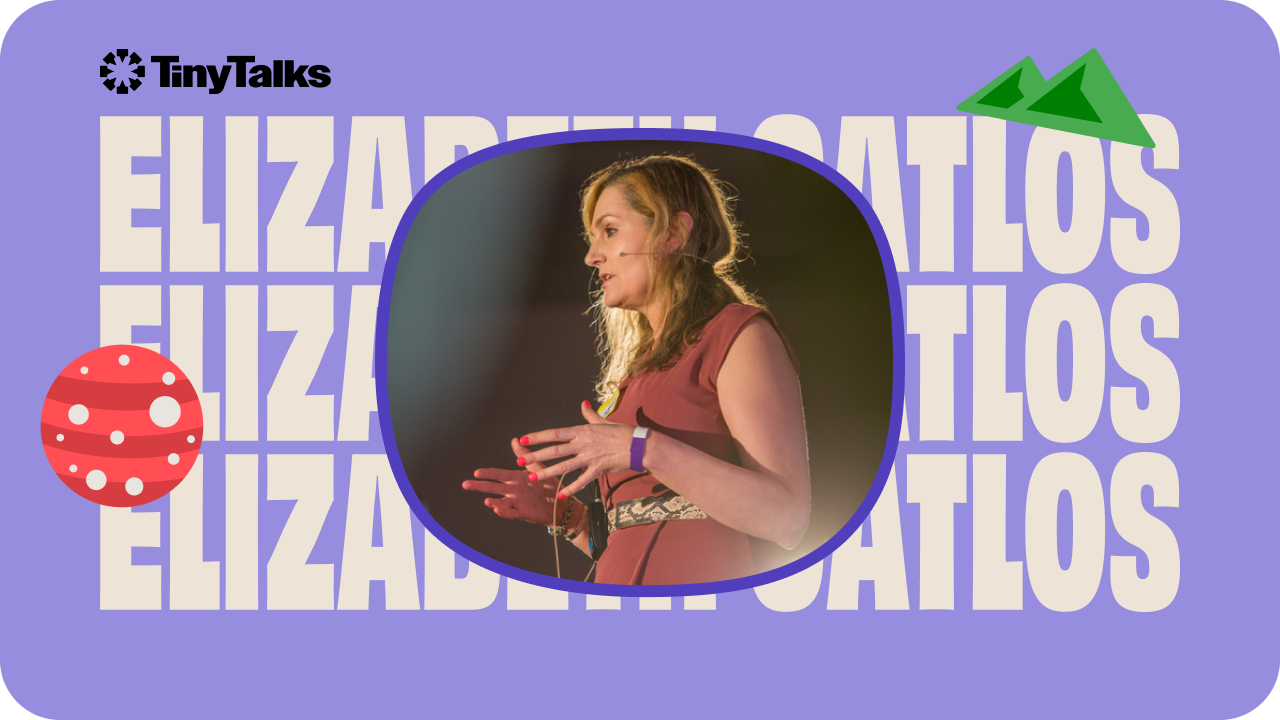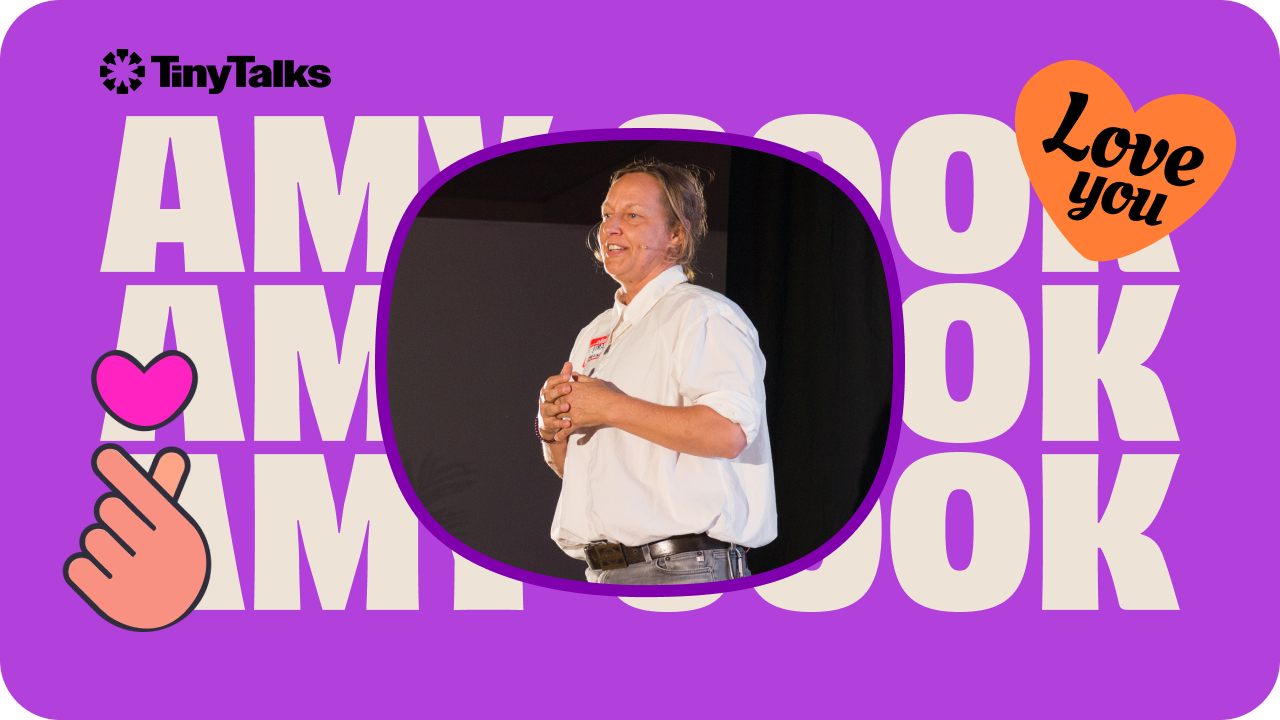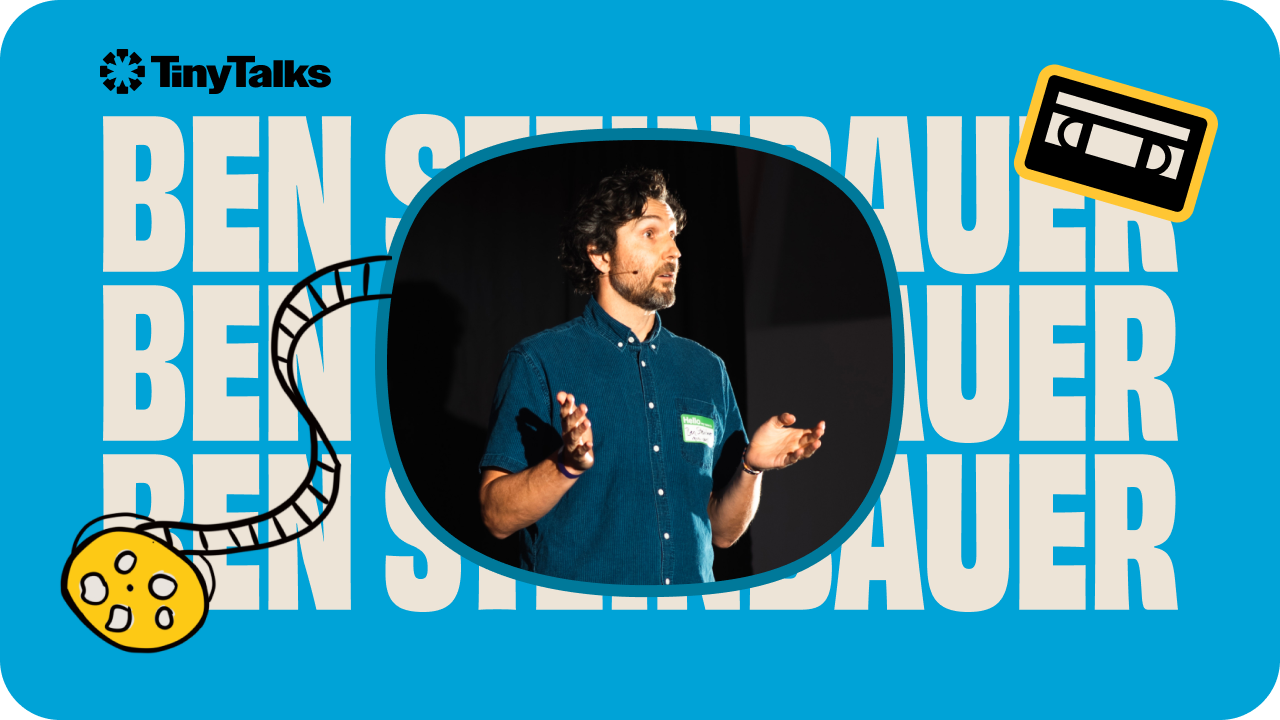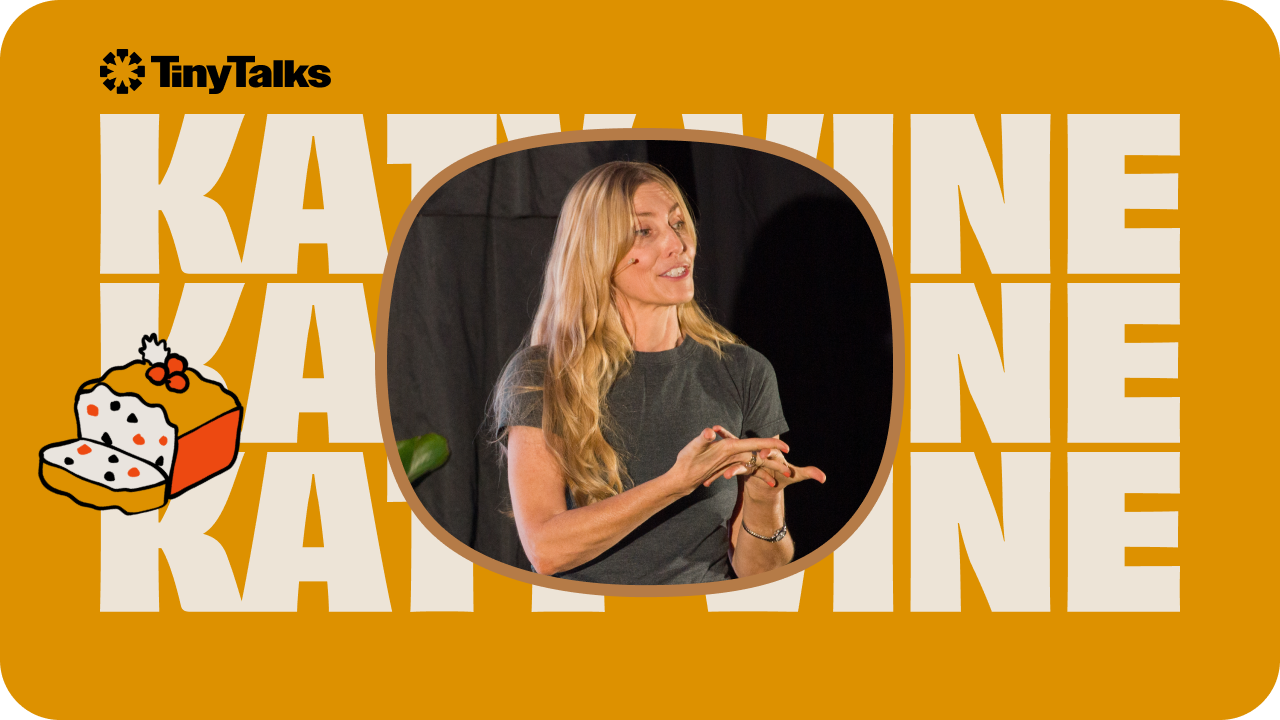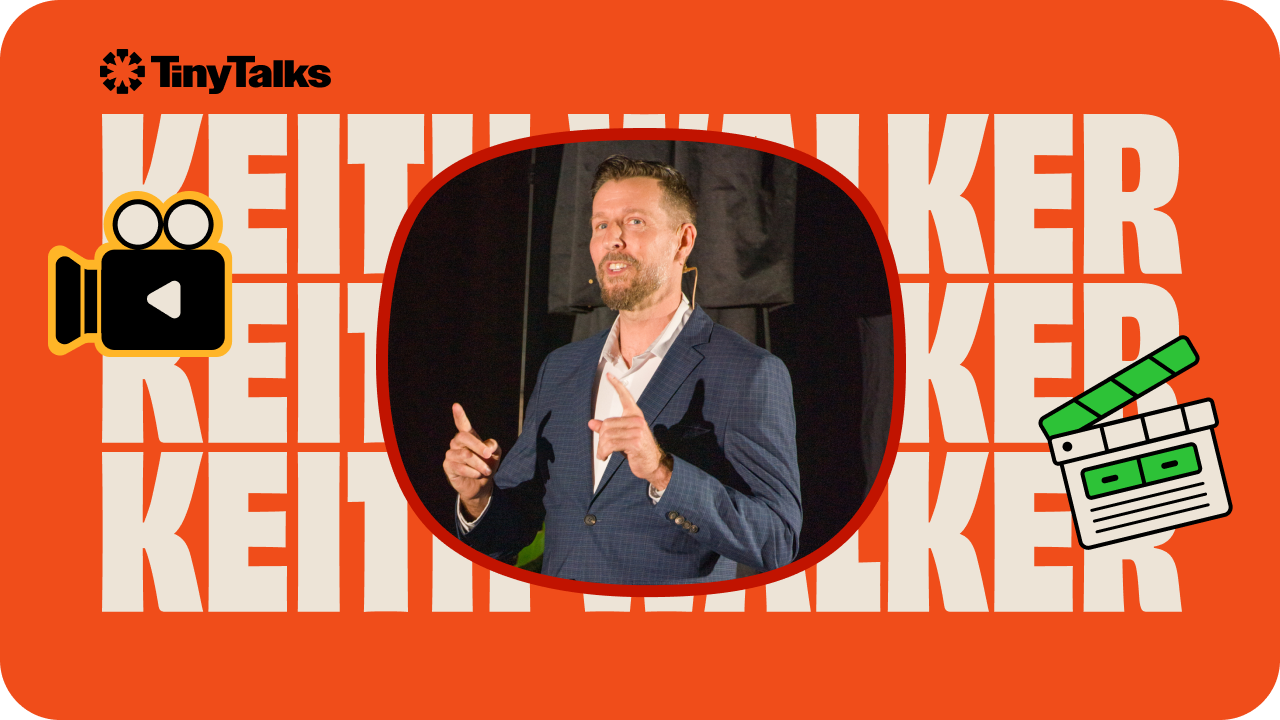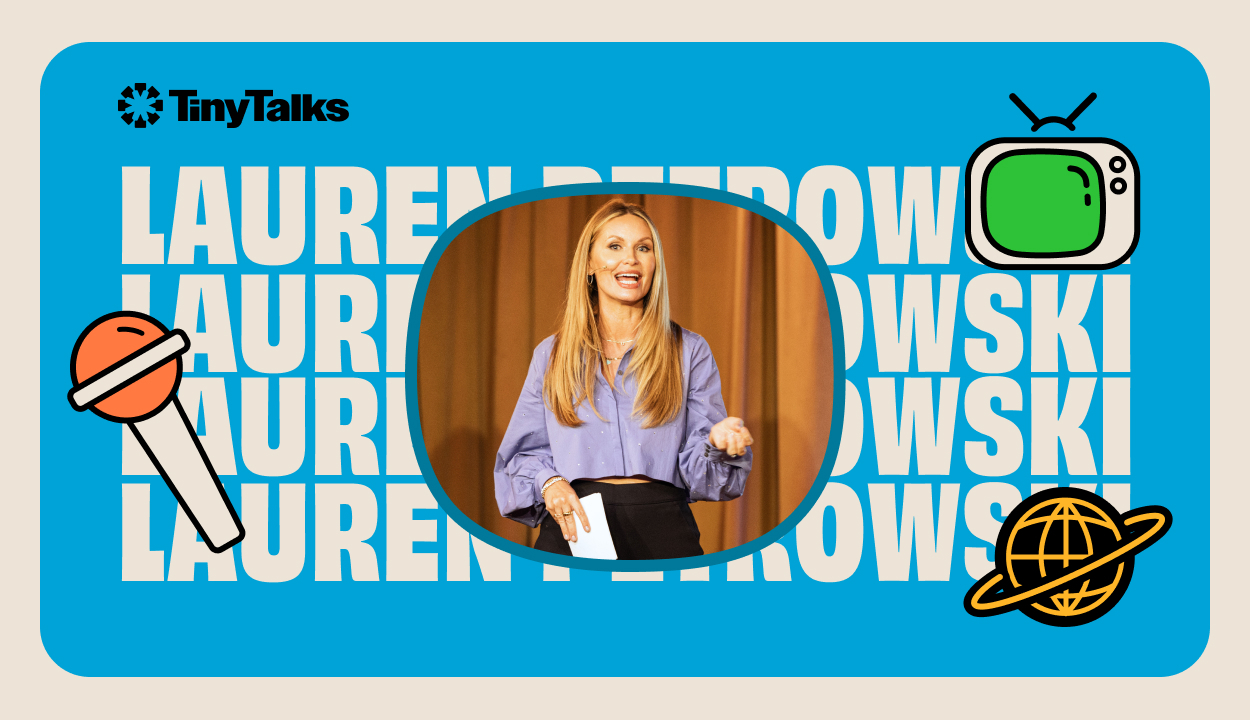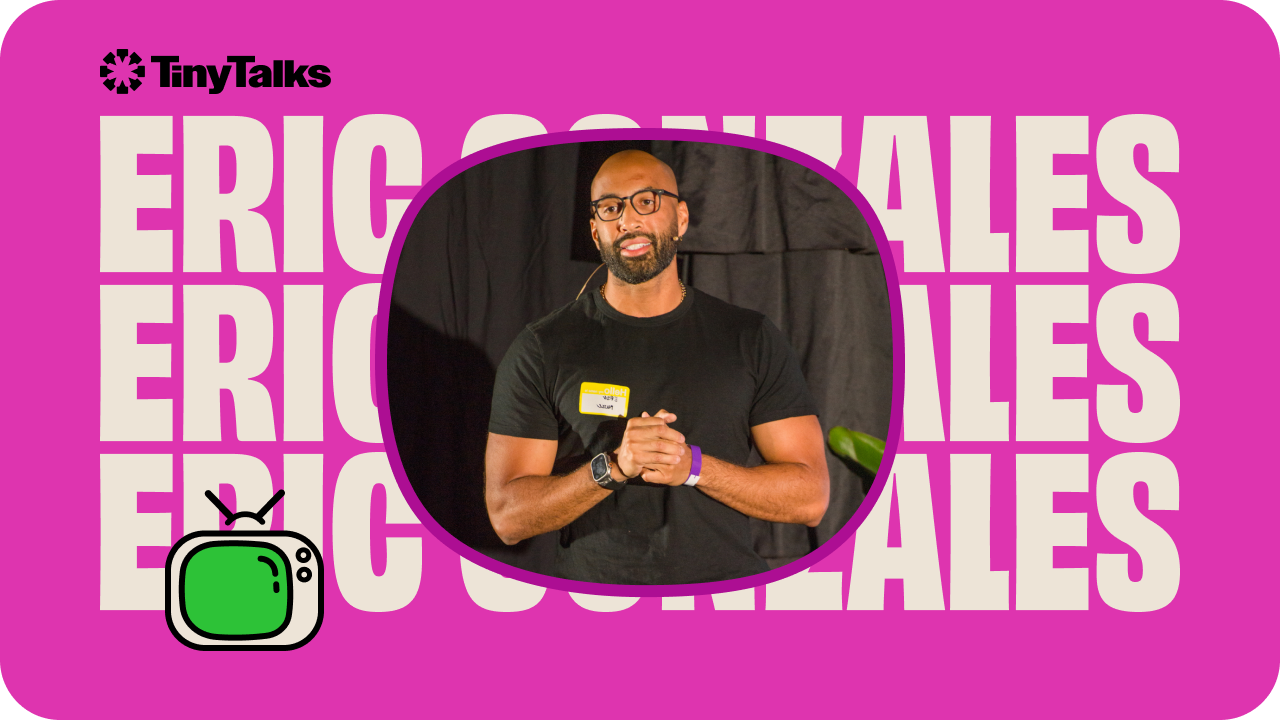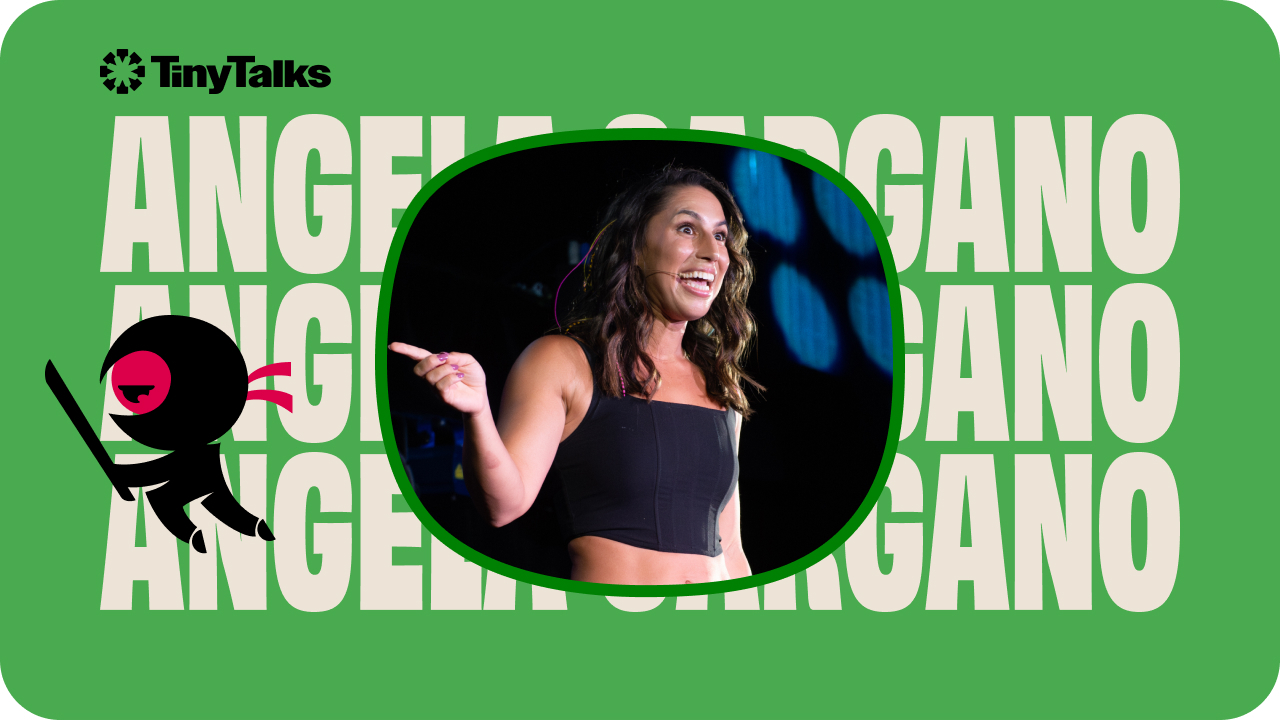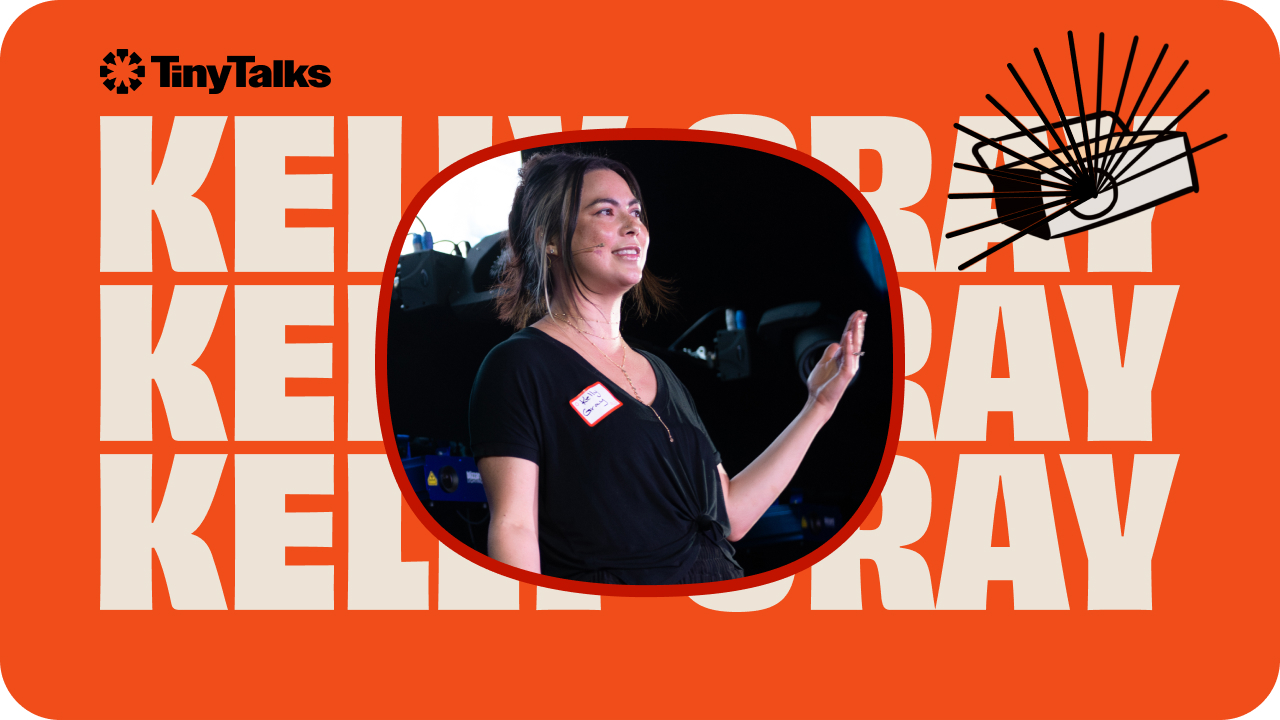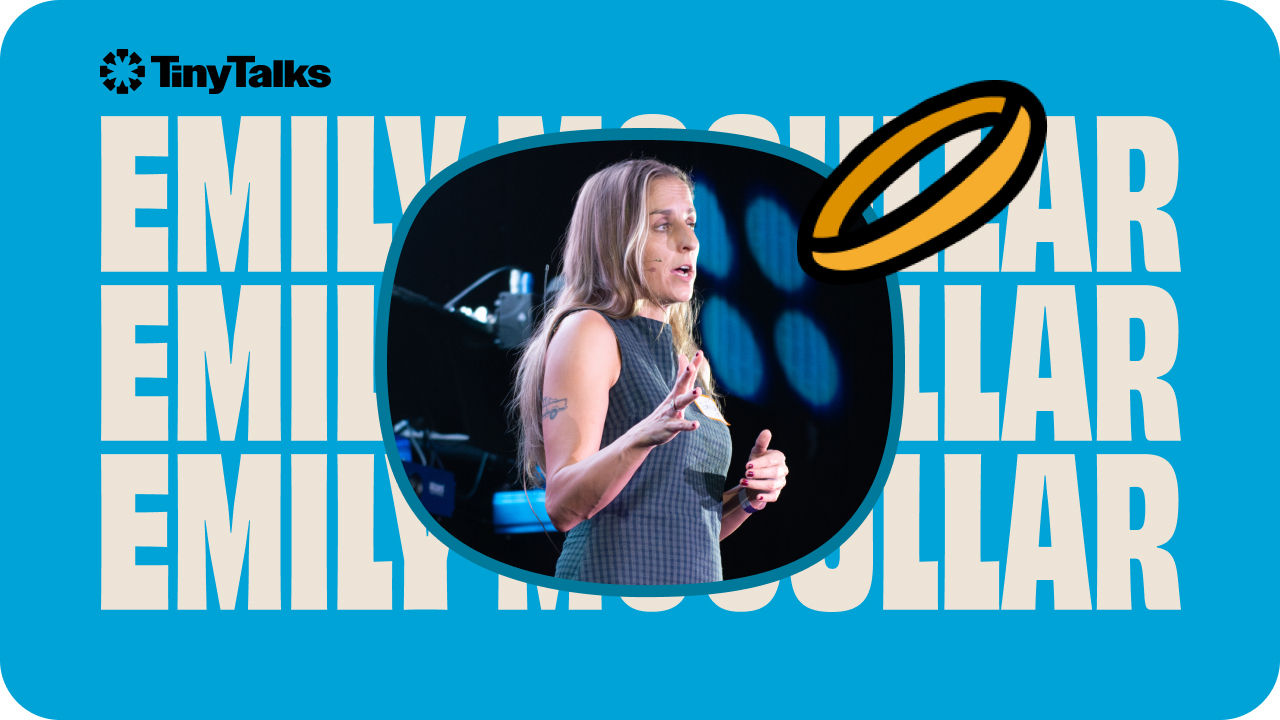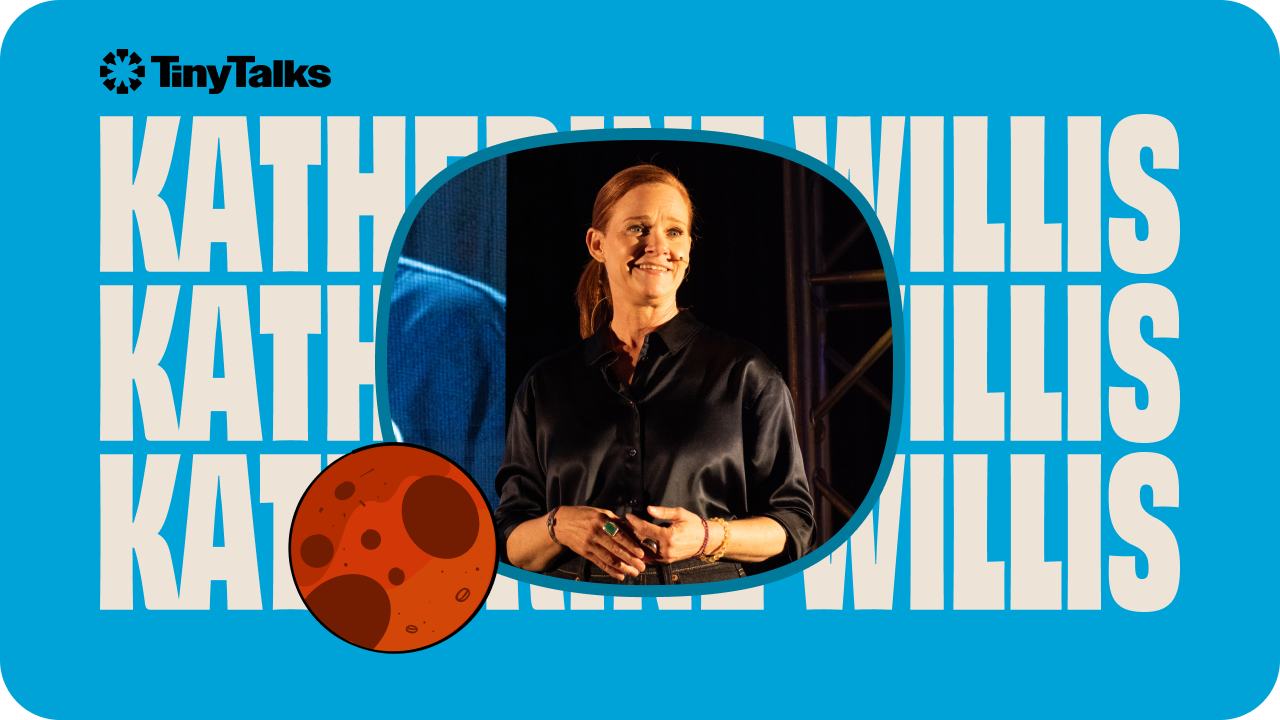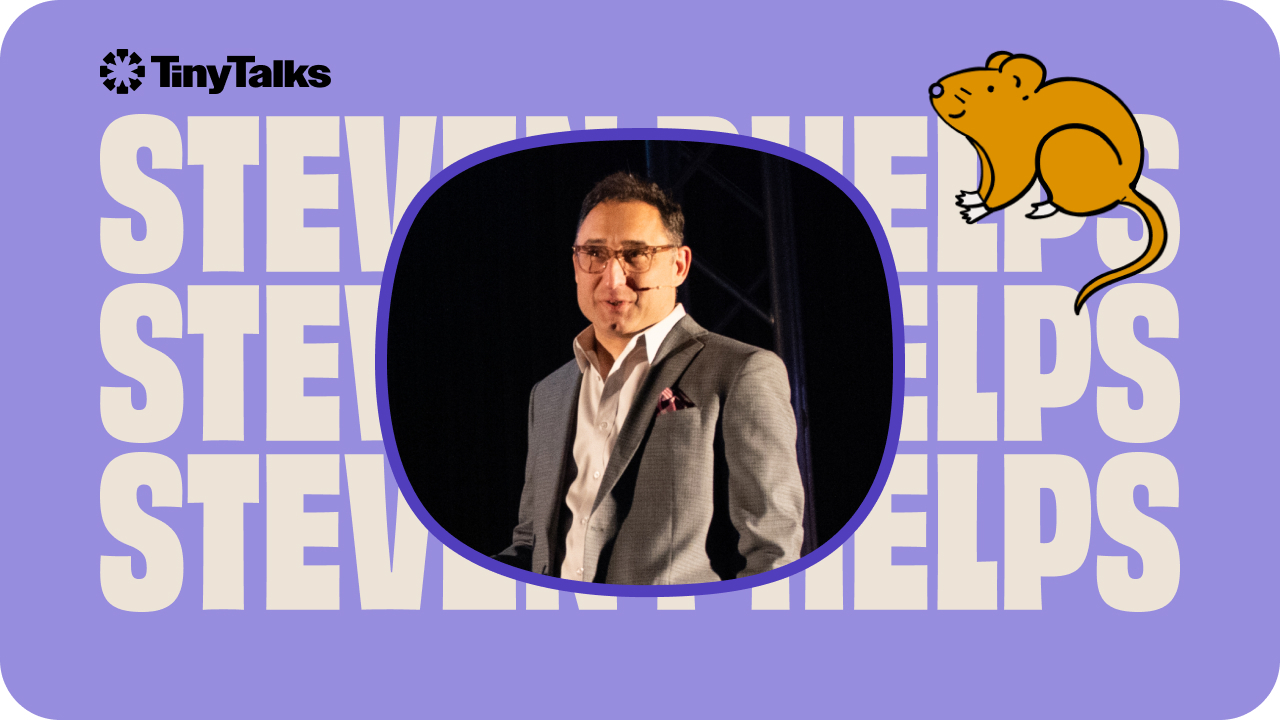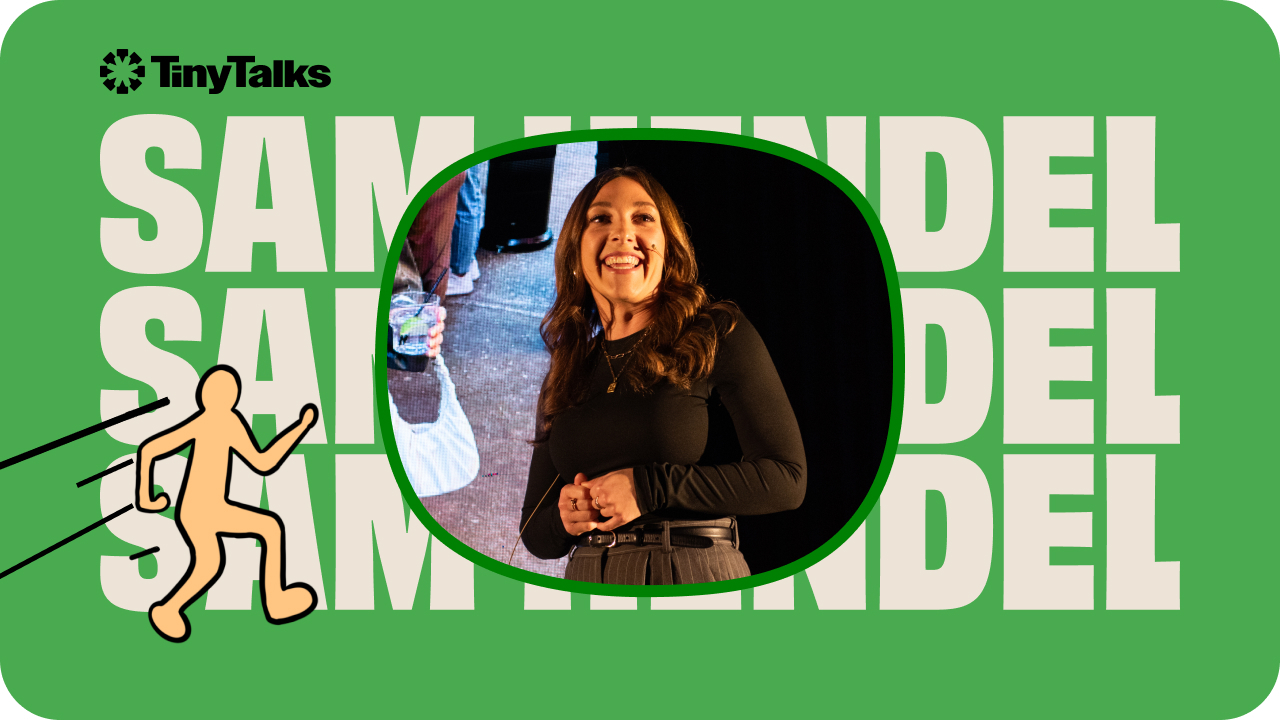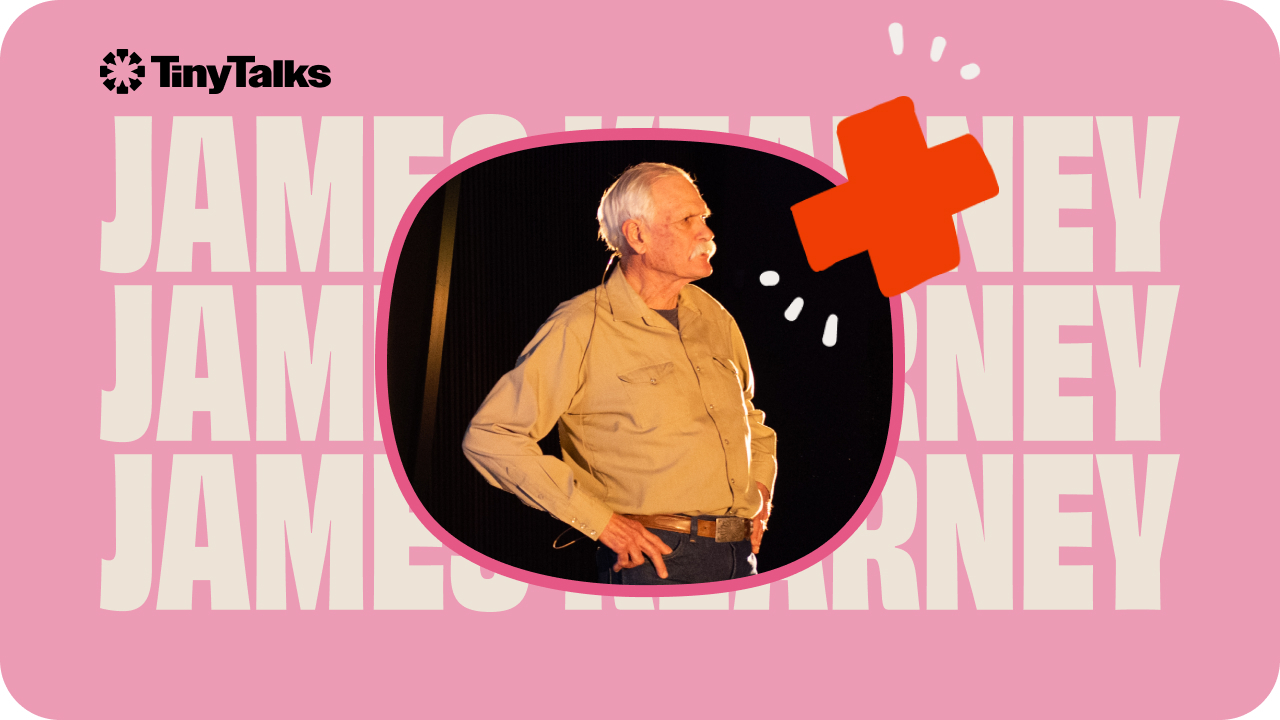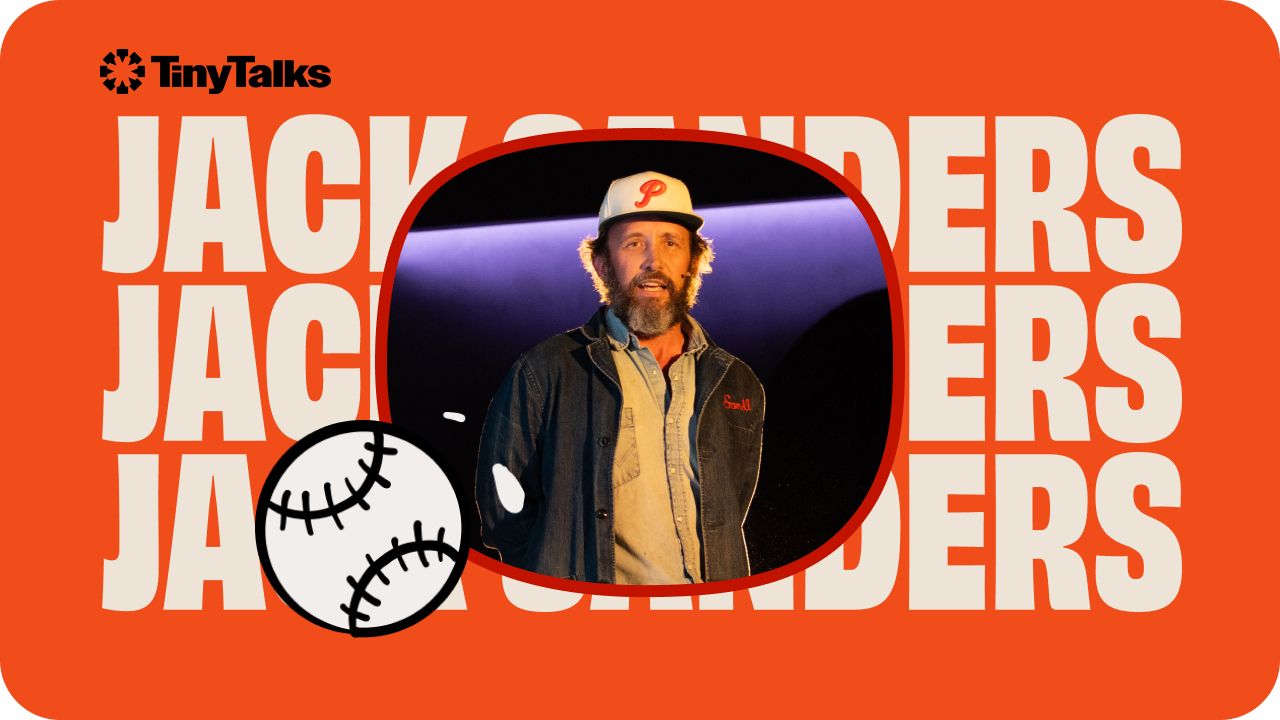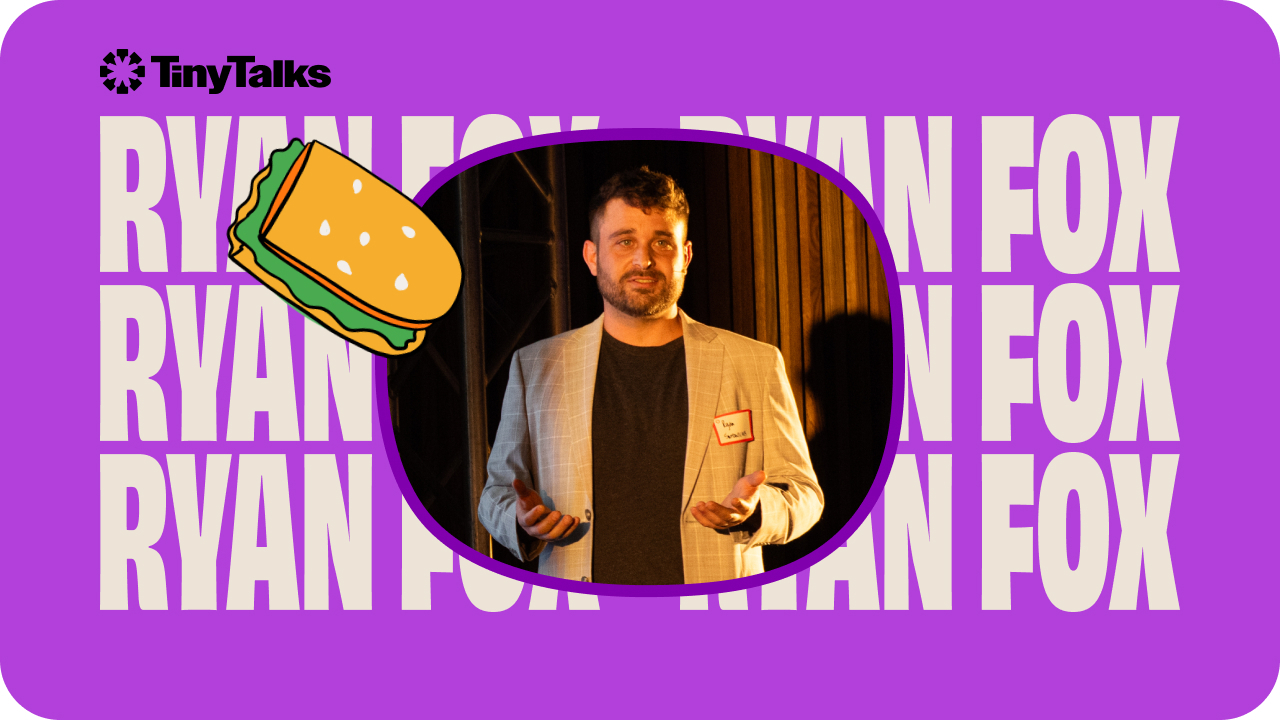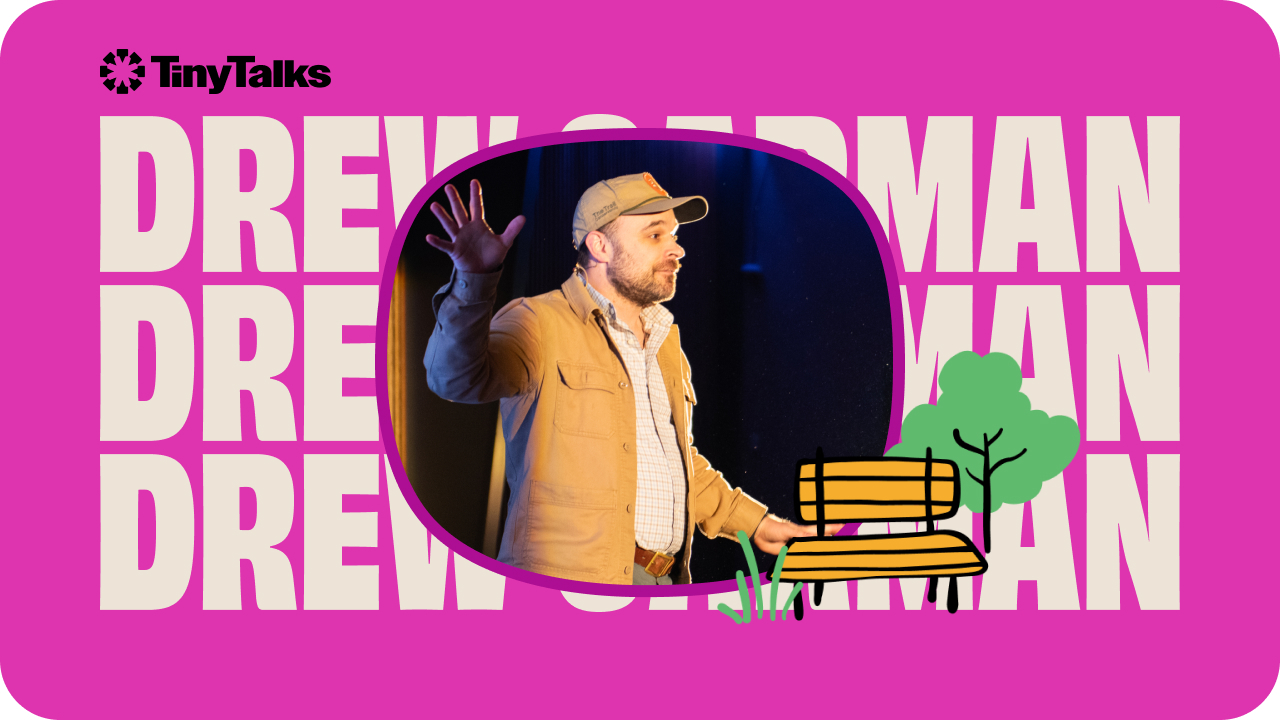Wild Choices
Transcript
Hey, everybody. Yep. I’m Dillon Horger, and I am the director of Animal Care at the Austin Zoo. And I’ve only been here since early July, but before that, over the last 20 years or so, I have worked for or consulted at a dozen zoos in the US and abroad. You can see that map there.
And tonight I’m going to talk about some early childhood experiences that set me up with the skills needed to advance animal care in zoos across the country and hopefully here in Austin too. So to tell my origin story, I was born in Las Vegas, Nevada, in the outskirts of town. And one time when I was maybe eight or 10 years old, I went to play in the backyard, and I saw a hawk on our fence. And this was no ordinary hawk; this was a tame hawk. It allowed me to get, like, within arm’s reach before it casually flew up, landed on our roof of our house.
So I ran inside. I told my parents, they called Fish & Game. Fish & Game actually came out and trapped this hawk, and they showed it to me up close. They showed me the bands on its legs and said that this was likely a lost falconer’s bird. I’m like, What’s a falconer? And it’s somebody that trains birds of prey to hunt and free fly. That’s all I needed to hear, and I was sold. So I got my falconry license when I was 15 years old. This is me with one of my first birds. And after college, I became a free-flight bird trainer. Yes, that is an actual job. And I produced bird shows at zoos across the country, learned how to fly a bunch of birds. How does that relate to zoos? Well, zoos started. Animals have been in captivity in some sort for thousands of years, since the dawn of recorded history.
And they started in private collections, wealthy people to show off to their friends, right? But even up until the early 1900s, that photo down below, that’s the Philadelphia Zoo in 1920, you can see how small that exhibit is. Just small iron bars, tiny little pool for those polar bears there. But around that same time, some forward-thinking zoos in Europe actually designed this thing called a panoramic zoo concept. And what they did was they tried to parallel these animals’ natural habitats in a zoo format. And instead of using bars and fences to keep the zoos and people separated, they used moats. And it was really popular with zoo guests, but also an unintended side effect was that they saw the animals started behaving more like their natural counterparts, which was a big win. Now if you go to zoos anywhere across the world, you’ll see huge exhibits like this elephant exhibit at North Carolina, Zoo, and even zoos that don’t have a lot of real estate like Philadelphia Zoo here. We’ve come up with really creative ways to expand an animal’s natural habitat, like this trail system for tigers there.
So since then until now, we’ve gotten really good at a few things of animal welfare in a zoo environment. We’ve gotten really good at formulating animal nutrition. We’ve gotten really great at replicating those natural environments. We’ve gotten really great at veterinary care, physical health. But what’s really new in new science is behavior. Behavior modification, and how do we use that to increase animal welfare. So when most people think about animal training, behavior modification, what comes to mind are aversive training methods. Methods that force or coerce animals to do things that we want, like choke collars, whips, and chairs for a lion tamer, bits and spurs, and bridles for horses. But imagine trying to use those tools with a free-flight bird. It’s just not going to work.
Look off in the distance in this video here. There is a red-tailed hawk flying to, that’s a family outing with me and my kids and wife, flying to my wife’s glove there, right, from way off in those trees in the distance. A red-tailed hawk, by the way, the bird that inspired my career in zoos. So imagine trying to force that bird to do that. There’s no possible way, right? And the cool thing about this video actually is we just put that glove on her for fun, and that’s the first time that that bird flew to her. So a really great demonstration of how these positive techniques generalize confidence with animals. So you can do some amazing things when you use those positive reinforcement techniques, the same ones that I’ve used with birds growing up my entire life, with animals in zoos. You can do things like train this orangutan here to do a voluntary ultrasound to keep track of safely progressing pregnancy of both mother and young.
This is a really shy animal called a maned wolf that is in the late stages of voluntary injection training. Imagine how much less stress this animal has by lining up and participating and allowing itself to be voluntarily vaccinated rather than forced to do so, right? All positive, all amazing stuff, voluntary injections, blood draws. And then this video with another orangutan. Now, I promise you, we are not giving this orangutan a vape pen.
This is a nebulizer, and we train this orangutan to take in this nebulizer to breathe in. Look how deeply this animal’s breathing in that medicine, right? How can you force that in an orangutan? So you can do some really amazing stuff. People ask me all the time, How do you train this even when they understand the concept of positive reinforcement? Well, a while back, I took this video actually, and you can see the positive reinforcement in the way of a little biscuit and juice, but this next video is a wild pigeon that I just happened to be walking around, and it looked like it wanted to fly up to me because it was by a duck feeder and wanted some food, and I just took my phone out and filmed it, and sure enough, it flew up to my hand.
And that’s not unique. Seagulls, annoying seagulls, pigeons, maybe monkeys in Southeast Asia. It’s not uncommon to see wild animals have no fear of people. But why is that? Why is it that some of these wild animals have less fear and are tamer than animals in zoos sometimes, or even our own homes? Well, the difference is that those wild animals have choice and control over their environment. And when you focus on choice and control and the positive techniques that I’ve used to train birds my entire life, you can do some really amazing things. Thanks, everybody.



